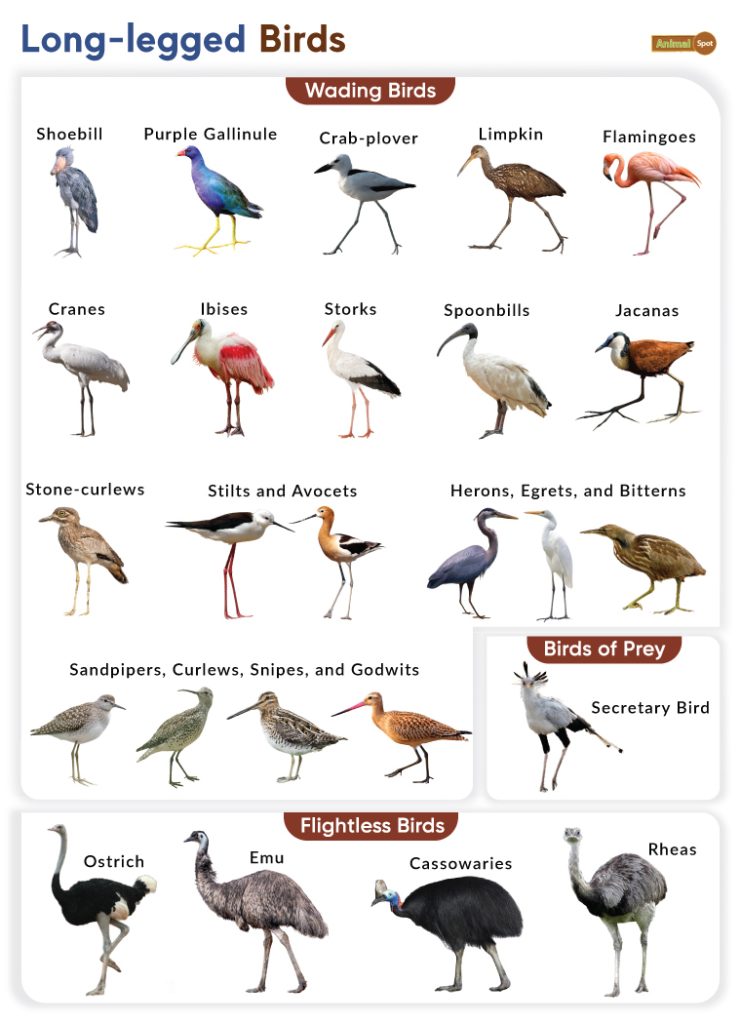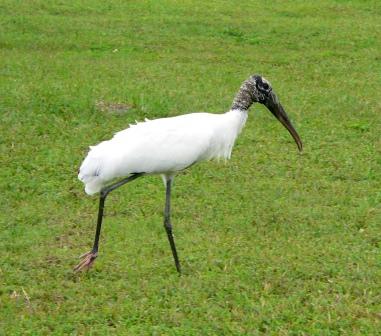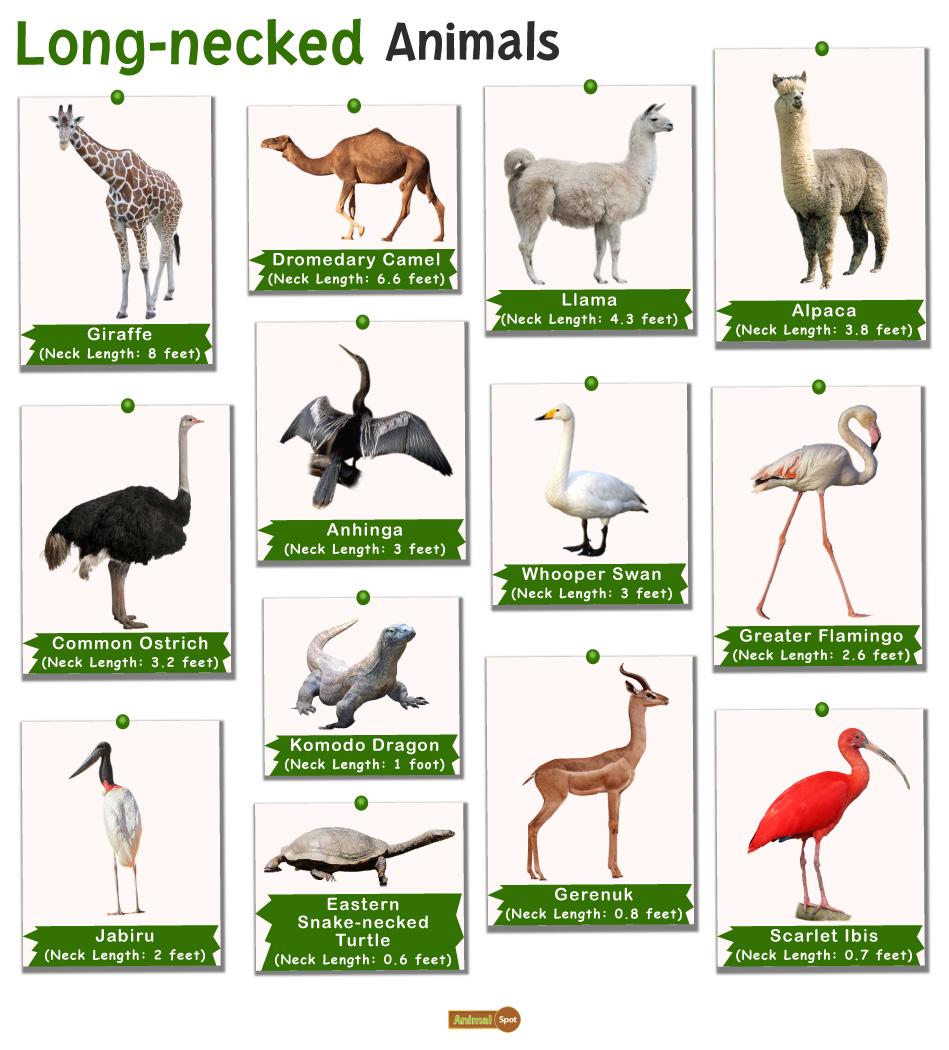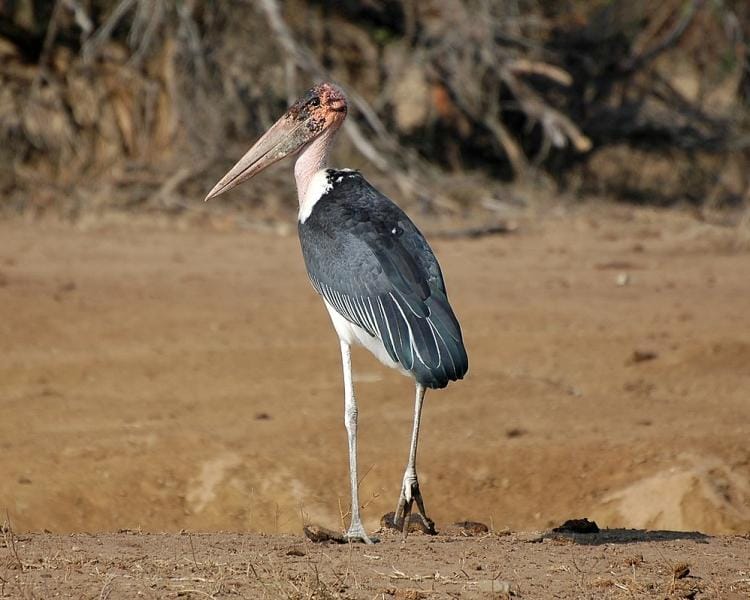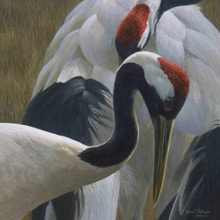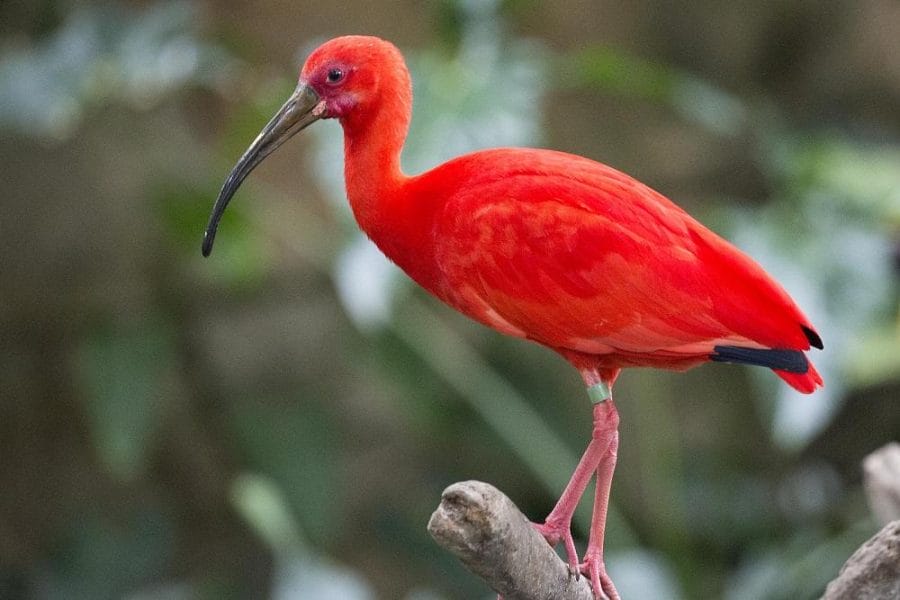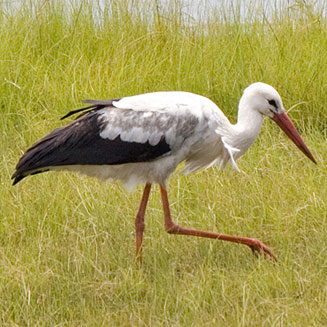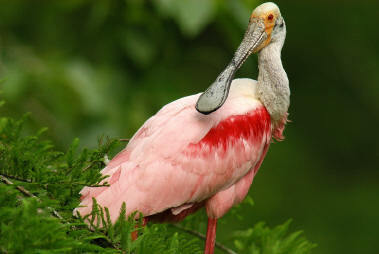When considering birds with long legs, storks, flamingos, and cranes often come to mind. Almost all of these birds possess long limbs and use them to wade carefully through places like swamps and wetlands. However, they are not the only ones. Flightless birds, particularly ratites like cassowaries and ostriches, also have long legs, which they use to sprint at high speeds.
Role of Long Legs in Birds’ Lives
- Navigating Shallow Water — The long legs of wading birds, such as cranes and storks, enable them to hunt effectively in water without submerging themselves, granting them an element of surprise.
- Running Fast — Ratites like ostriches and emus can run faster thanks to their longer legs.
- Maintaining Balance — Birds with longer legs often have wide bases, which offer them extra support while running and prevent them from sinking or slipping in the mud while they wade.
- Displaying Dominance — Some birds, like the Secretary Bird, kick and take long strides to show superiority over their competition during courtship periods. This also works as a scare tactic against threats.
List of Different Birds with Long Legs
This list only considers birds with noticeably long legs proportional to their bodies. For example, the legs of a heron or flamingo are significantly longer relative to their bodies than those of a sparrow or pigeon.
Wading Birds
A group of aquatic birds with long limbs.
Storks
The legs of these birds are usually red-colored and have webbed toes.
Cranes
They have widely spaced feet without webbing between the toes.
- Whooping Crane
- Black Crowned Crane
- Gray Crowned Crane
- Siberian Crane
- Sandhill Crane
Flamingos
These birds are known for their long legs, which they often use to stand on just one at a time. Interestingly, what appears to be their knees bending backward are actually their ankles.
Herons, Egrets, and Bitterns
Most herons have legs that are held horizontally backward in flight, with long, thin toes — three pointing forward and one backward.
Spoonbills
Spoonbills have clawed toes, which help them grip the mud at the bottoms of lakes or marshes.
- Roseate Spoonbill
- Yellow-billed Spoonbill
- Royal Spoonbill
- African Spoonbill
- Black-faced Spoonbill
Ibises
The legs of these birds can either be red (Scarlet Ibis) or black (African Sacred Ibis) and have webbed toes.
- Scarlet Ibis
- White-faced Ibis
- African Sacred Ibis
- Malagasy Sacred Ibis
- Australian White Ibis
Stilts and Avocets
These birds are named after their long legs, which are similar to stilts. Avocets belong to the same family.
- Hawaiian Stilt
- Black-necked Stilt
- American Avocet
- Banded Stilt
- Pied Avocet
Stone-curlews
Stone-curlews are also known as ‘thick-knees’ named after the prominent joints in their yellow-green legs.
- Bush Stone-curlew
- Double-striped Thick-knee
- Eurasian Stone-curlew
- Senegal Thick-knee
- Water Thick-knee
Jacanas
The jacanas have grayish legs and extremely long toes that let them walk on aquatic vegetation like lily pads.
- Wattled Jacana
- African Jacana
- Lesser Jacana
- Madagascar Jacana
- Comb-crested Jacana
Sandpipers, Curlews, Snipes, and Godwits
These birds use their long legs to wade deep into aquatic habitats, feeding without soaking their body feathers.
- Greater Yellowlegs
- Bar-tailed Godwit
- Long-billed Curlew
- Common Snipe
- Stilt Sandpiper
More Waders Known For Their Long Legs
- Shoebill
- Limpkin
- American Purple Gallinule
- Crab-plover
Flightless Birds
Birds evolved to have long legs to compensate for short wings incapable of flight.
Birds of Prey
The Secretary Bird is the only raptorial bird known to have long legs.

